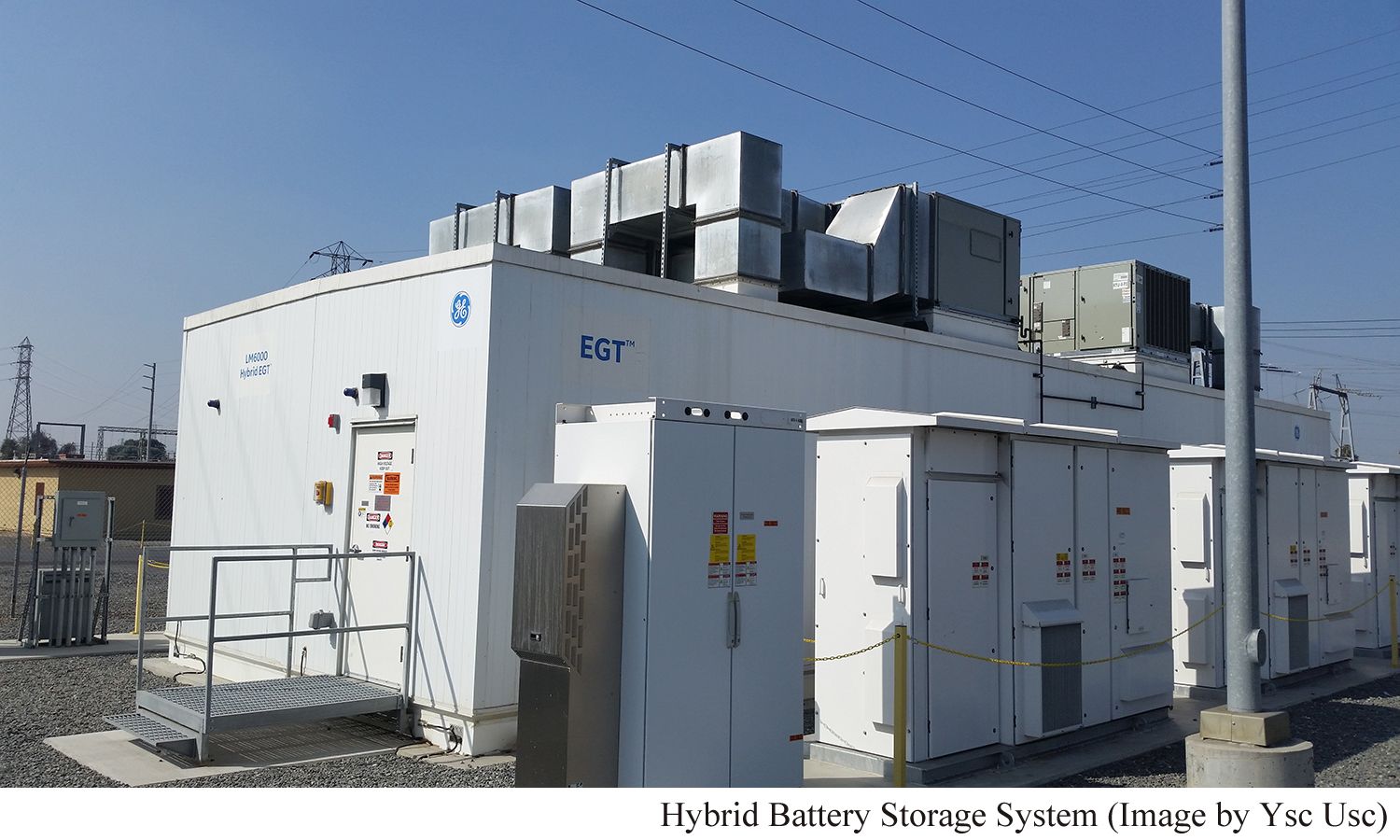Regular readers know I have been writing about the astronomical cost of energy storage required to make solar and wind (SAW) power reliable. I have published some simple engineering analyses showing that short term intermittency, a few cloudy or low wind days, requires a huge amount of storage.
Now we have a wonderful analysis of the long term storage requirements for making solar and wind reliable. As expected the numbers are enormous. They are also precise.
The study is “The Cost of Net Zero Electrification of the U.S.A.” by engineer Ken Gregory. See
https://blog.friendsofscience.org/2021/12/21/the-cost-of-net-zero-electrification-of-the-u-s-a/.
As the title says, Gregory’s study focuses on net zero electrification, which is not my focus here. His very first step is to analyze what storage would be required to simply meet today’s electric power needs using SAW instead of fossil fuels. This simple analysis is the big breakthru.
The scale is one year of SAW replacing American fossil fueled generation in the lower 48 states. The approach is elegant in its powerful simplicity. Here is how it works.
Fossil fuels power a roughly and conveniently round 3 billion MWh a year. Gregory starts with the hour by hour SAW generation for 2019 and 2020. Hourly total generation captures the continual intermittency at the hourly scale. There is a lot of generation up and down at that scale. Wind and daytime clouds both come and go a lot.
This is a huge advance over the typical one year analysis, which uses annual averages. It also goes way beyond the kind of short term storage study that I and others have done. In fact it turns out that seasonal storage is the big driver.
The key step is that Gregory scales up each of the two sample year’s hourly generation profiles to generate as much power as fossil fuels did that year. He uses a simple multiplier to do this. Each year is a bit different but the multiplier is about nine. That is, fossil fuels generated about nine times as much juice as SAW, so we up the SAW profile that much, as though it were doing the job. Non-fossil sources like hydro and nuclear are left constant.
He then compares the scaled up SAW generation with the hour by hour usage of electricity (technically called demand, as though we could demand electricity). Gregory analyzes the hour by hour SAW generation, versus the usage, to see how much storage is required to make SAW work. He does not count up storage that is replenished, rather he is just looking for the maximum required capacity. (These two different things are often confused because both are measured in MWh.)
It turns out that what is called seasonal storage is huge. This is because solar and wind (SAW) are much higher in spring and summer, while the prolonged need for electricity is highest in fall and winter, because of space heating. This is not about so-called peak demand (or need) as that tends to occur during short term summer heat waves. It is about the day after day, and night after night, need to keep buildings warm in winter.
The two sample years are slightly different but in round numbers Gregory finds that an enormous 250 million MWh of storage are required for this case.
Mind you this is just an eighth or 12.5% of the total amount of electricity needed from SAW, so relatively speaking it is not a lot. The storage cost however is astronomical, because it is still a huge amount of juice. See my https://www.cfact.org/2022/06/08/backup-battery-cost-fantasies-abound/ for a discussion of MWh storage costs.
Note that these two sample years are not the worst case that we need to plan for. With SAW, low generation is as dangerous as peak demand, if not more so. Many prior years should be analyzed to establish the low SAW planning case. Different mixes of solar and wind should also be considered. This all needs to be done at least regionally, more likely on a State by State or Utility basis.
This is just the sort of reliability analysis the utilities should be doing, especially before shutting down thermal generation like coal, gas and nuclear power. NERC should have a Reliability Standard requiring this kind of analysis, including reasonably likely low SAW scenarios. FERC should order them to create and enforce such a standard, as quickly as possible.
We must restore reliability to America’s grid, with thermal energy not storage.
